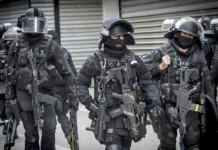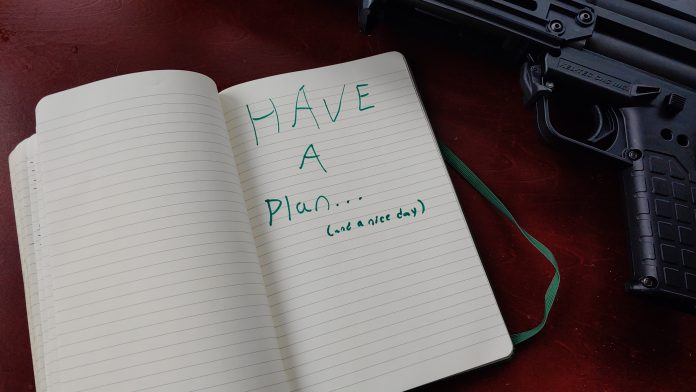
When this quarantine hit, I took the time I was no longer commuting and turned it into more time to workout. I was hitting at least an hour a day, seven days a week, and seeing hardly any results. The reason being was that I was working without a plan. One day I did random weight lifting, another kettlebell stuff, then one day, I ran. I had no consistency and no plan. After the realization, I got a plan, and in just a few months, I saw strength, cardio, and flexibility gains beyond what I had achieved in months. I applied the same concept to my firearms training and found it immensely helpful. Here are four reasons why you should have a firearms training plan.
Keeps All Skill Sharp
Just like working out, I would go out and train what I felt like doing that day. Do I wanna practice my draw? Or my AR reload? Or my shotgun reload? I decided that day and did what I felt like doing. There was no consistency in training and no schedule to it. If I was bored with the rifle, it might be ignored for a month. Then when I came back to the rifle, I would be rusty and focus my training on all rifle stuff. Then everything else got rusty.
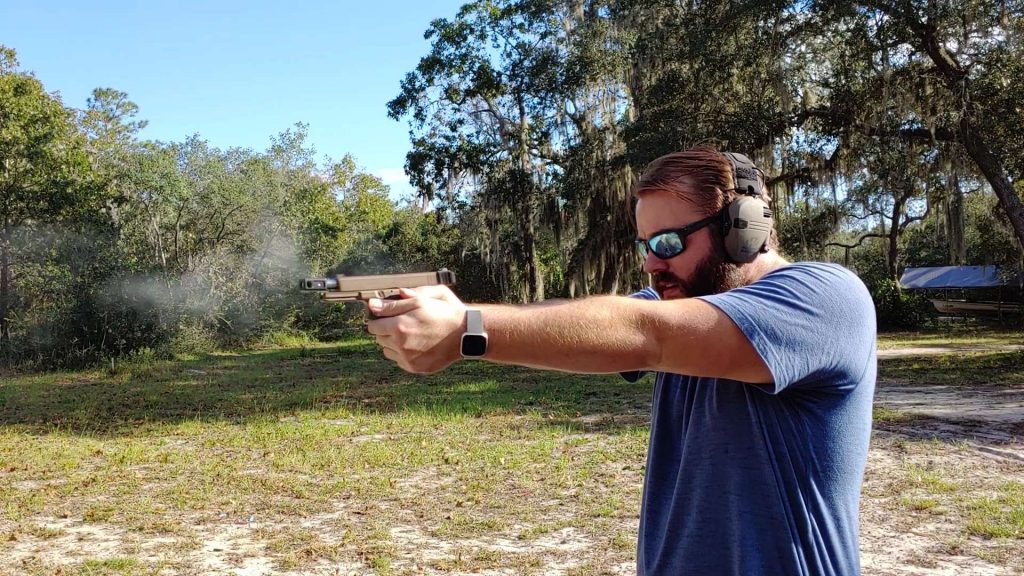
Negative feedback loops were built, vicious circles formed, and most progress was halted. That’s not a great way to build and maintain skills across a variety of platforms.
Having a plan and sticking to it ensures time for all skills. It’s like push day, pull day, and leg day, except its rifle, shotgun, and pistol. Here are my four reasons to make a firearms training plan.
Keeps You Organized
Outside of solving my problems with my firearms training, I’ve also found that planning my training maximizes my time and efficiency when training. I also set the time aside during my day for it. It’s penciled in, scheduled if you will. This is a specific time that I keep consistently and it only changes based on weather and necessity.
Forces You To Do Things You Need to Do (But don’t want to)
I found that planning and setting a specific agenda for my firearms training plan doesn’t just force consistency. It forces me to train things I’m not good at and things that I don’t like doing. I hate dry fire, especially with a long gun, and I hate front squats, but I have to do them once a week.
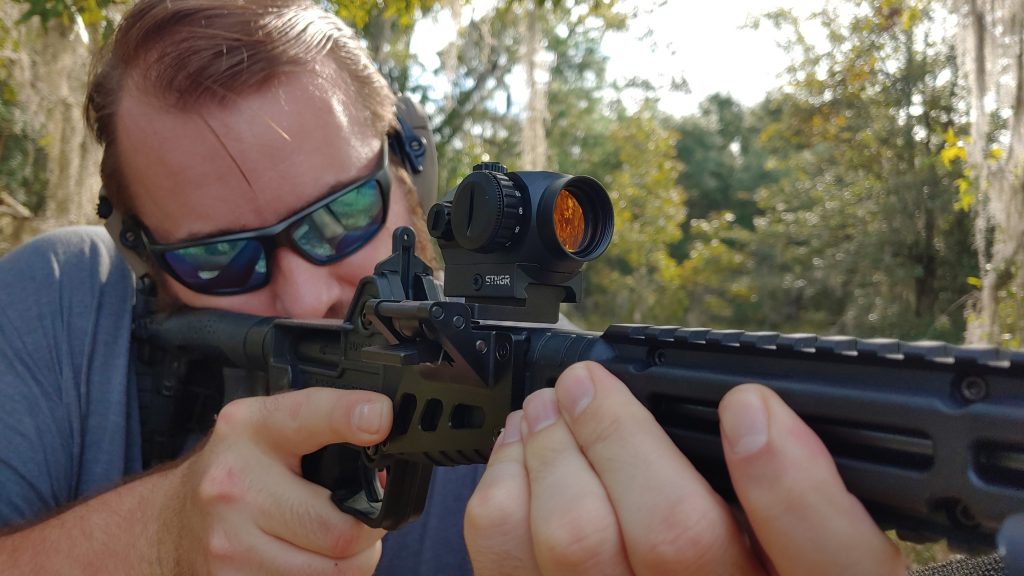
Close range pistol drills are fun to me, and I get that surge of serotonin when I get my time ultra-low. I tend to stick with the drills I’m skilled at because it feels good. When I sit down to write out my training plan, I include drills I’m not good at to force myself to elevate my skills and address weak points. I love doing bench press, but if all I do is standard bench press, only a particular part of my body gets strong.
Makes Tracking Progress Easy
A firearms training plan makes it easy to track progress with specific skills. Writing down times and accuracy results makes it easy to track your progress and adjust as necessary. A shot timer and MantisX make tracking these things easier as well. With progress recorded, you can alter your training to match your necessary skills.
So if you are really good at reloads, spend less time on reloads and work more on malfunction drills. Knowing weaknesses also allows me to approach professional training sources with goals and questions for instructors.
How to Plan
First, I write out exactly what I plan to do for a particular session with a revolving cycle of various skills. Sometimes it’s live-fire; some days it’s all dry. Some days it’s slow, some days it’s fast, and some days it’s both. Regardless, my firearms training plan will be written out and established before I hit the range.
I review previous notes and training plans to see what training I did the day or week before. Most of my training follows a pattern that revolves around 9 to 12 different training day templates. I use these templates and can adjust them very easily. Just like a workout template, they are meant to be built on.
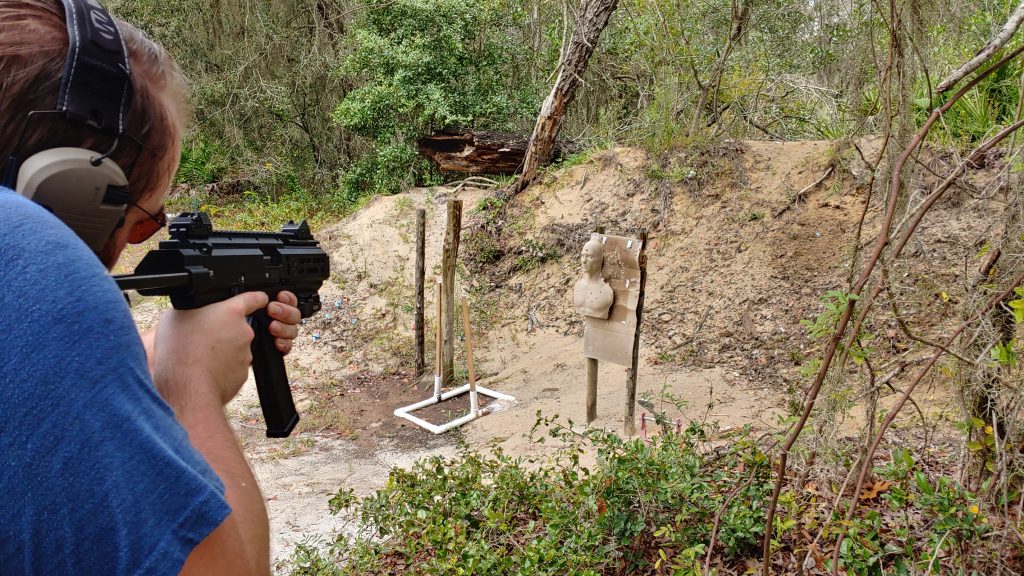
The day before I training, I gather the gear needed and stage it. Gear can be shot timers, a MantisX, Snap Caps, magazines, ammo, ears, and eyes, etc. Toss it in an AR 15 case and go. This ensures nothing is missing before the day starts, and I might even load magazines to maximize time.
When it hits my time to train, I grab the plan, the gear and get after it. Breaks are built into the plan, and I can take notes between training sessions. I typically focus on one skill for ten minutes or so before I take a break. Once I go from getting faster to getting slower, I take a break and move to a different skill.
I try my hardest to focus most on concealed carry skills and handgun shooting because, realistically, it’s the most valuable of my training. At least once a week, I ensure I have some long gun focus. Firearms training plans will vary between goals, but concealed carry and self-defense are my primary focus.
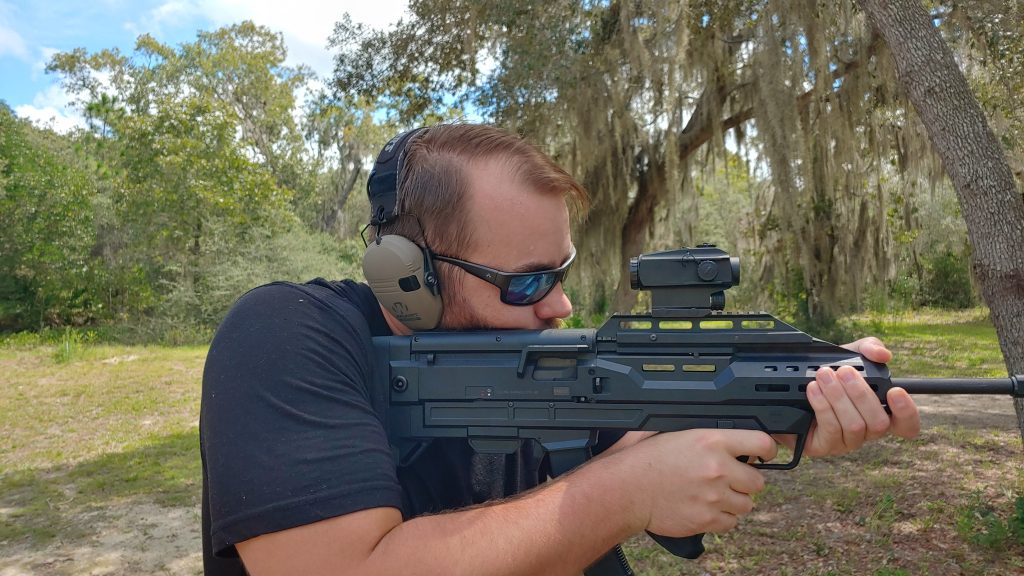
Plan, Train, Plan
I have seen a ton of improvement over the last month. I’ve cut par times, built confidence, and shrunk groups in both my handgun and long gun training. With an ammo shortage currently in the works, I’m doing more dry fire than anything. I honestly can’t wait for the shortage to lift to see what an increase in live-fire will do. Having a plan has made a difference to me, and while I’m no expert, I’m betting it can help you.
Trust me, and you’ll love it when a plan comes together.

